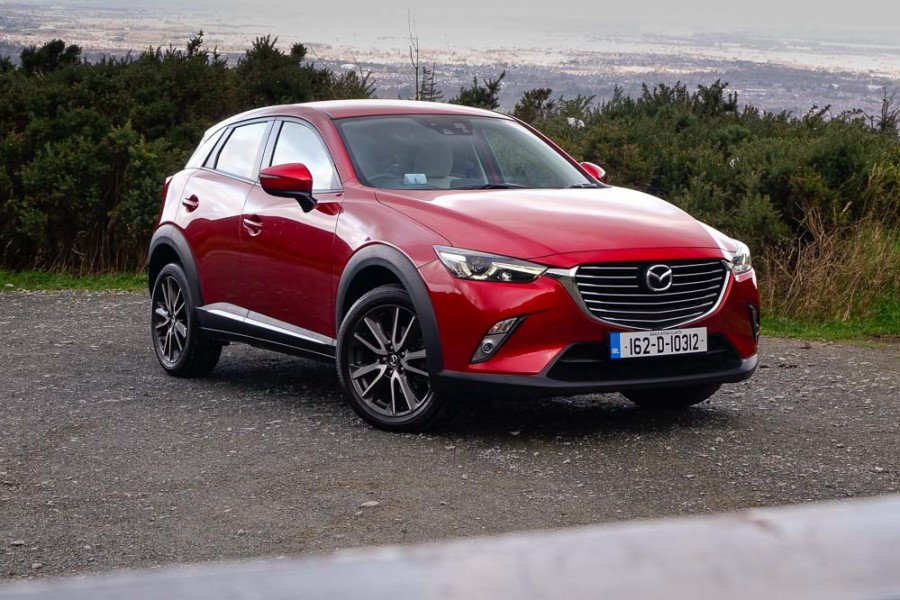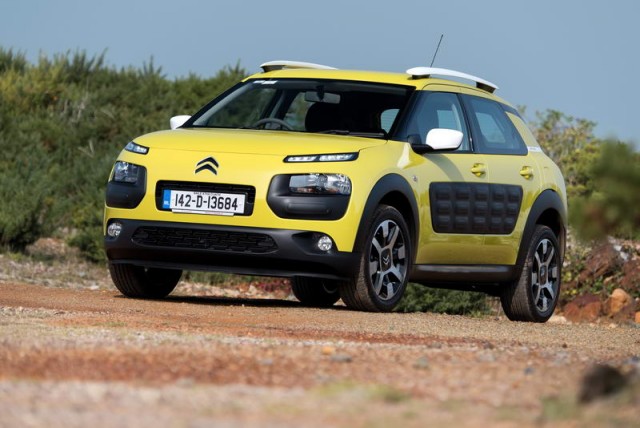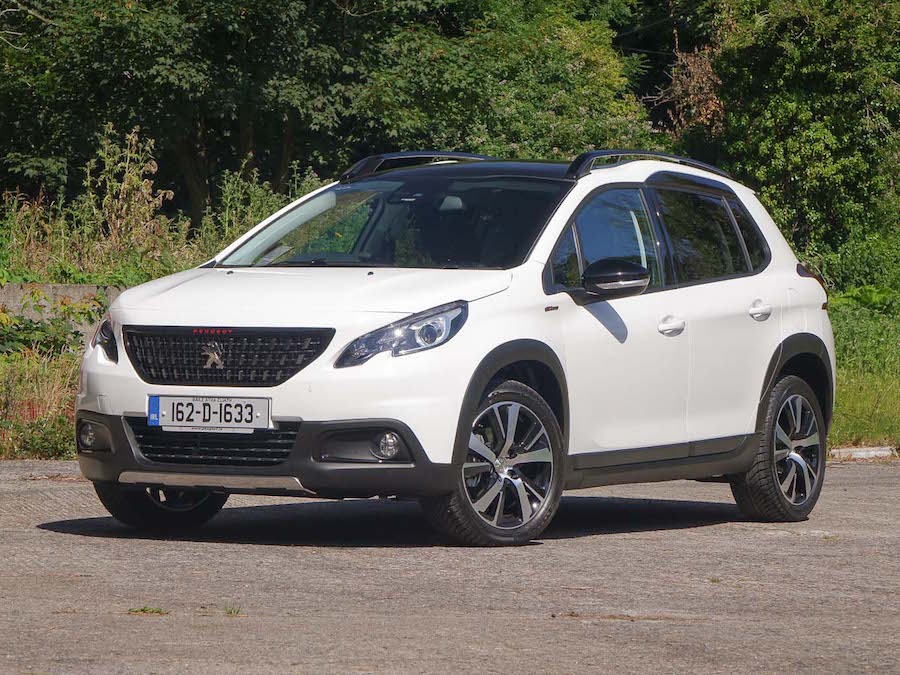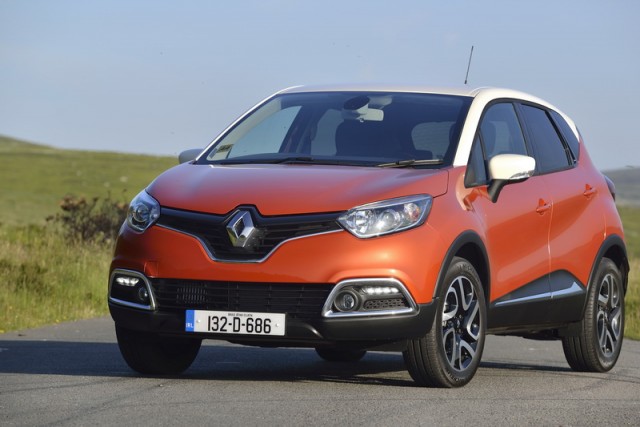Good: sharp styling, good handling, high quality, nice petrol engine, likely reliability.
Not so good: a little thirsty, small rear seats, small boot, pricey.
I must admit to harbouring a small soft spot for the Mazda CX-3, mostly because last year one safely conducted me across the frozen norths of Finland, Sweden and Norway to the famed North Cape, the most northerly point of continental Europe. It was quite the journey in a small Japanese hatchback, albeit one fitted with four-wheel drive, and it demonstrated that you don't need a huge, lumbering 4x4 to surmount difficult terrain.
Back home in mild, damp old Ireland, unfortunately, the CX-3 starts to make rather less practical sense, but we'll come back to that in a minute because here's a crossover with a petrol engine. Yup, the Volkswagen diesel scandal has had such an effect that diesel sales are actually beginning to wane slightly, and that's hardly surprising when petrol engines are becoming this good again.
Surprisingly, Mazda has never followed the down-sized capacity, turbocharged route, deciding instead that a simpler naturally-aspirated design, with as little friction as possible, but a high compression ratio (to make its fuel burn more efficiently) was the right way to go. And so it proves. This 2.0-litre SkyActiv-G (the G is for gasoline) engine is a delightful performer. It's rev-happy and has a decent torque punch and even makes a pleasant noise when you wring it out to the redline.
It's a shame that the CO2 emissions are a touch high, although at least they're still in the relatively affordable Band B2 bracket, but the overall fuel consumption is a touch too high too. Mazda says you'll get 5.9 litres per 100km out of it, but we could manage no better than 7.0 litres/100km, which is 40mpg. Not especially bad perhaps, but others, notably others fitted with diesel engines, manage better. Then again, perhaps it's a price worth paying - studies show that small turbocharged petrol engines can be just as bad for pollution as their diesel cousins, but the big Mazda unit is clean as a whistle.
The rest of the CX-3 is as we remember it. There is a very high quality cabin, which would look a bit plain and dark where it not for the fact that this is a glitzy GT Leather model with creamy-coloured seats. It's a touch OTT for a small hatch, but nice nonetheless. There are other high-end items fitted to this car, including a head-up display, but the real gem here is the steering. Communicating through a small, three-spoke wheel, the CX-3's steering is very good - light, talkative and accurate. You can sense that some of the same engineers who worked on the MX-5 worked on this too, and they definitely helped hone the six-speed manual gearbox.
The problem is that it's just not big enough. The CX-3 is effectively a slightly taller version of Mazda's 2 supermini and the rear seat and boot space just aren't capable of living up to the price tag or the family-friendly compact crossover image. It's pokey, and considering that our test car came with a €26k price tag (which would get you into the much larger Renault Kadjar or SEAT Ateca, albeit with much lower specification) that's just not good enough. If you're going to make a car appear to be a kid-hauling crossover, then you need to back that image up with actual cabin space.
So, the CX-3 will probably be something of a curio. When fitted with optional four-wheel drive it's an astonishingly capable cross-country car, and this 2.0-litre petrol engine shows that we have little to fear from the impending diesel sales implosion. In basic front-drive form, as tested here, it's a little less capable, a little bit too expensive and nowhere near practical enough.










































